Nature has an incredible way of bouncing back, even when faced with challenges that seem impossible to overcome.

From forests regenerating after wildfires to oceans healing from pollution, the natural world is constantly working to restore balance. While human activity has undeniably impacted ecosystems, nature’s resilience proves that recovery is always possible. Understanding how the environment adapts and thrives despite setbacks reminds us that we have a role to play in supporting these natural processes. By making small changes and respecting the planet’s ability to heal, we can help ensure that nature continues to flourish for generations to come.
Forests regenerate after devastation.
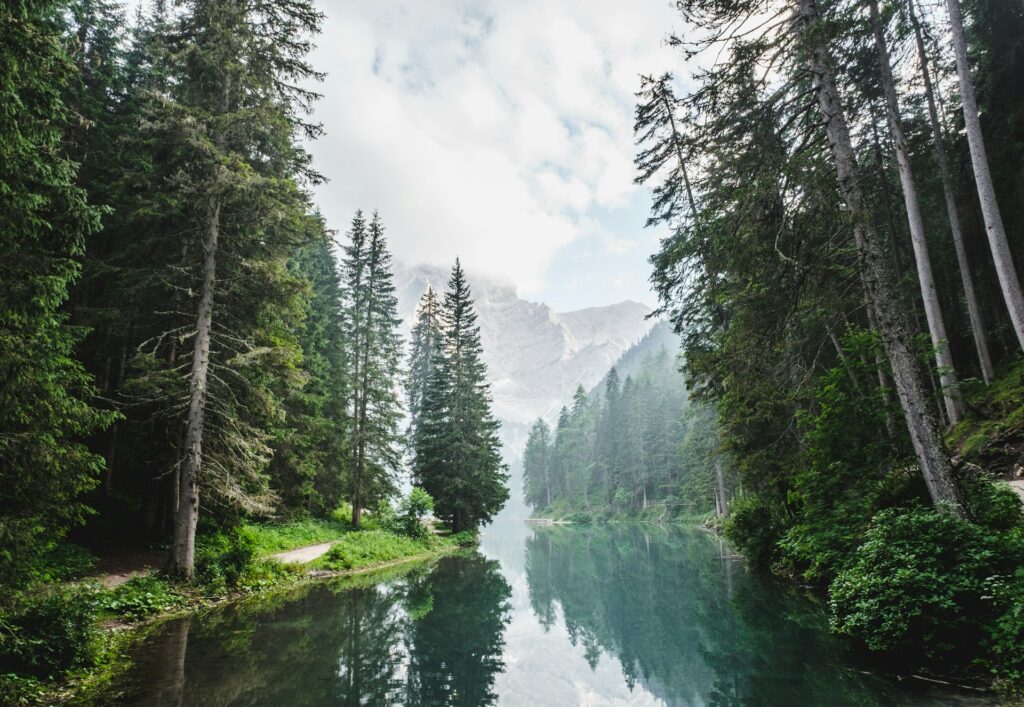
When wildfires sweep through woodlands, it’s easy to assume the damage is irreversible. But nature has an incredible ability to bounce back, with certain tree species even depending on fire to release their seeds. Over time, the land restores itself, with new growth emerging from the ashes, creating a stronger and more diverse ecosystem than before.
We can support this recovery by protecting regrowth areas and avoiding unnecessary interference. Allowing forests to heal naturally while reducing human-caused fires can give nature the space it needs to do what it does best—rebuild itself stronger than before. Reforestation projects can also help, but careful planning ensures that ecosystems recover in a balanced way.
Oceans can recover from pollution.

Marine ecosystems are more resilient than they might seem, even in the face of pollution and climate change. Coral reefs, for example, have shown an ability to regenerate when given the right conditions, and areas of the ocean that were once heavily polluted have seen fish populations return after conservation efforts. Given time, the ocean has an incredible ability to cleanse itself.
Reducing plastic waste, supporting sustainable fishing practices, and minimising chemical runoff into waterways are ways we can assist in this process. When we give marine life the chance to recover, entire ecosystems can bounce back, proving just how strong the natural world truly is when given the opportunity.
Wildlife adapts to urban environments.

While humans have rapidly altered the landscape, many animals have found ways to thrive in cities. Foxes, peregrine falcons, and even certain types of insects have adapted to urban environments, making use of man-made structures and new food sources. Instead of vanishing, these creatures have adjusted, showcasing the impressive adaptability of wildlife.
We can help urban wildlife by designing cities that incorporate green spaces, reducing light pollution, and protecting natural corridors that allow animals to move safely between habitats. Small actions, like planting native plants or creating safe nesting spaces, can make a big difference in helping nature coexist alongside us.
Rivers can heal from industrial damage.
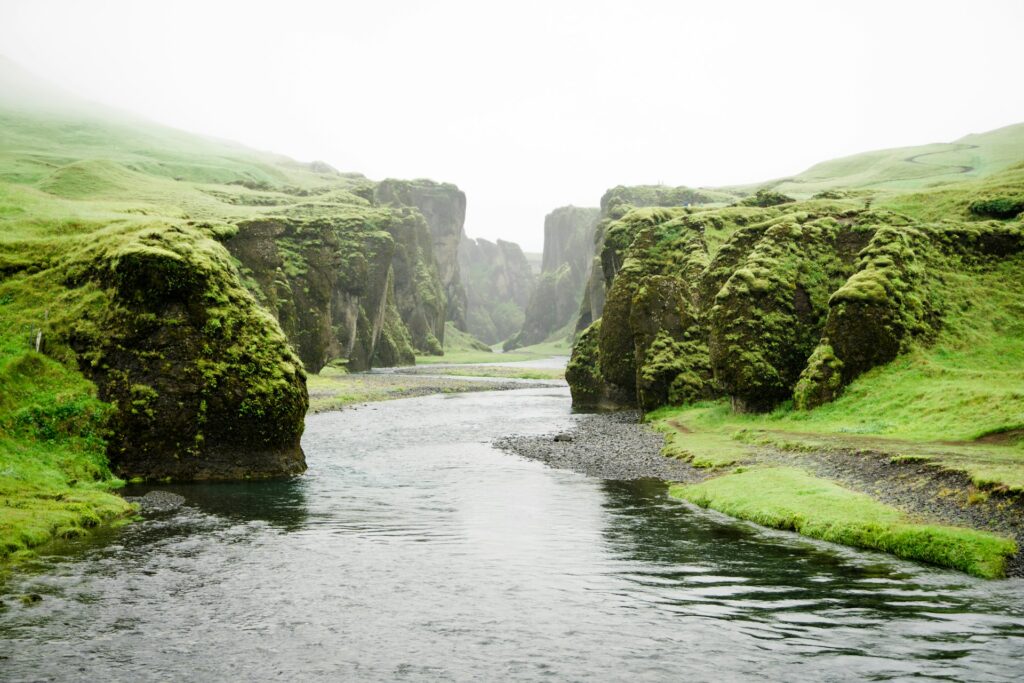
Many rivers that were once considered dead zones due to industrial pollution have made remarkable recoveries. Given the right conditions, freshwater ecosystems have an amazing ability to heal, with fish, birds, and plant life returning to areas once thought beyond repair. Nature, when left undisturbed, finds a way to cleanse and restore itself.
Supporting clean water initiatives, reducing chemical use, and advocating for responsible industrial policies can help maintain this progress. When pollution levels drop, rivers can return to their natural state, proving that even severe environmental damage can be reversed with time and effort.
Endangered species can make a comeback.
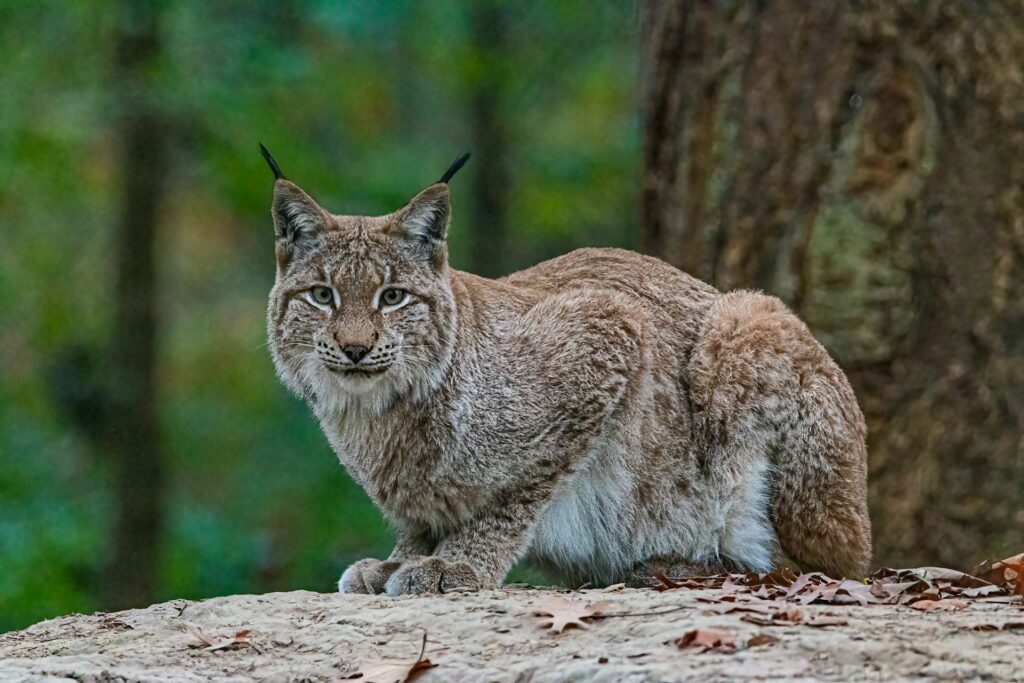
Some species once thought to be on the brink of extinction have made major comebacks thanks to conservation efforts. The bald eagle, giant panda, and even some types of whales have seen their populations recover due to habitat protection and anti-poaching measures. Nature’s ability to rebound when given the chance is nothing short of astonishing.
We can continue supporting this resilience by protecting habitats, enforcing conservation laws, and ensuring wildlife populations have the resources they need to thrive. Every effort, from reducing habitat destruction to supporting ethical tourism, plays a role in helping nature flourish again.
Soil restores itself after degradation.
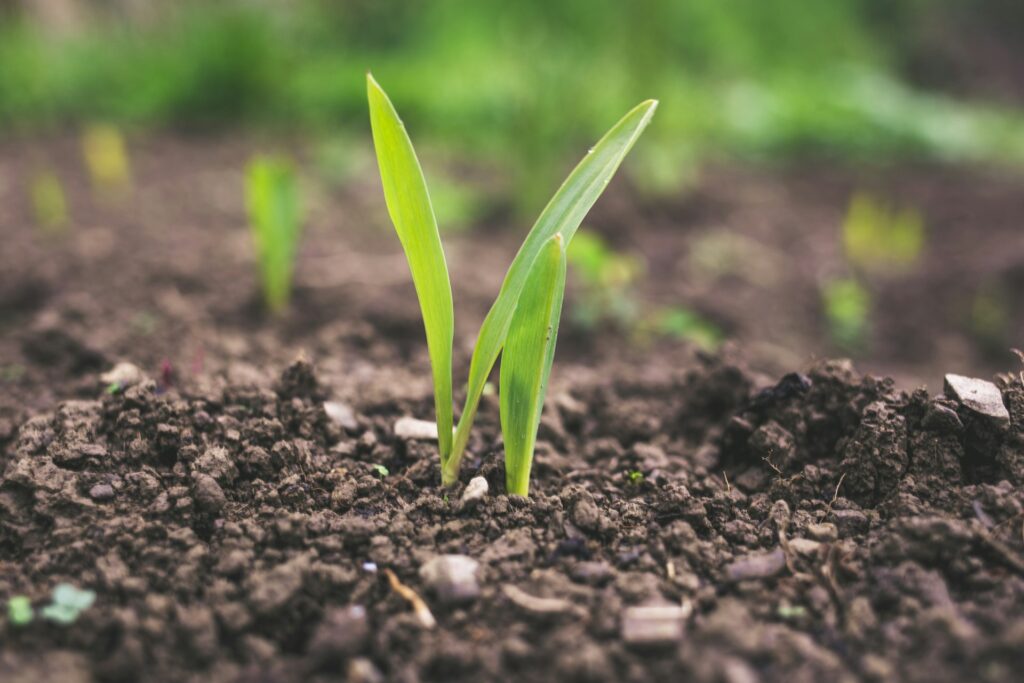
Land that has been overworked through agriculture or deforestation doesn’t remain barren forever. Given time and the right conditions, soil regenerates, allowing plant life to return and ecosystems to rebuild. Some microorganisms in the ground even work to replenish nutrients, proving that nature has built-in solutions to its own challenges.
We can aid this natural recovery by practising sustainable farming, planting cover crops, and avoiding chemical-heavy agricultural practices. Healthy soil is key to a thriving environment, and taking steps to protect it helps ensure that nature’s resilience continues for generations.
Plant life survives extreme conditions.
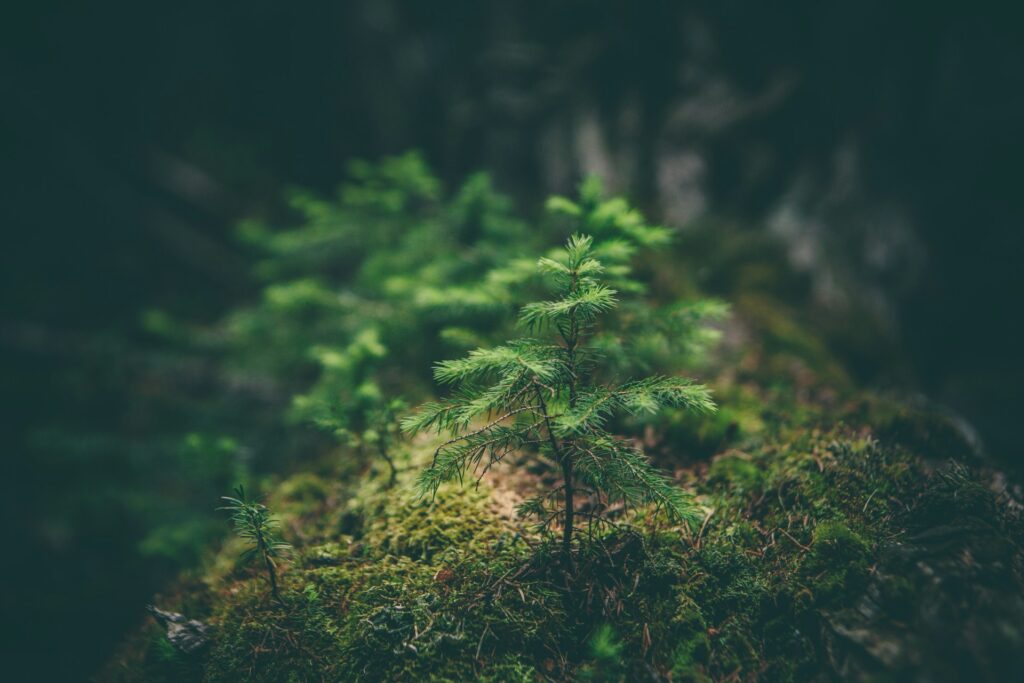
From scorching deserts to freezing tundras, plants have found ways to thrive in extreme conditions. Some species lie dormant for years, waiting for the perfect conditions to grow, while others develop adaptations like water storage or deep root systems to withstand harsh environments. This ability to endure proves that nature is built to persist through adversity.
Preserving these resilient plants means protecting their habitats from unnecessary human interference. Avoiding habitat destruction, supporting conservation projects, and even growing native plants in our own gardens can help ensure these unique species continue to thrive.
Bees and pollinators recover with the right conditions.
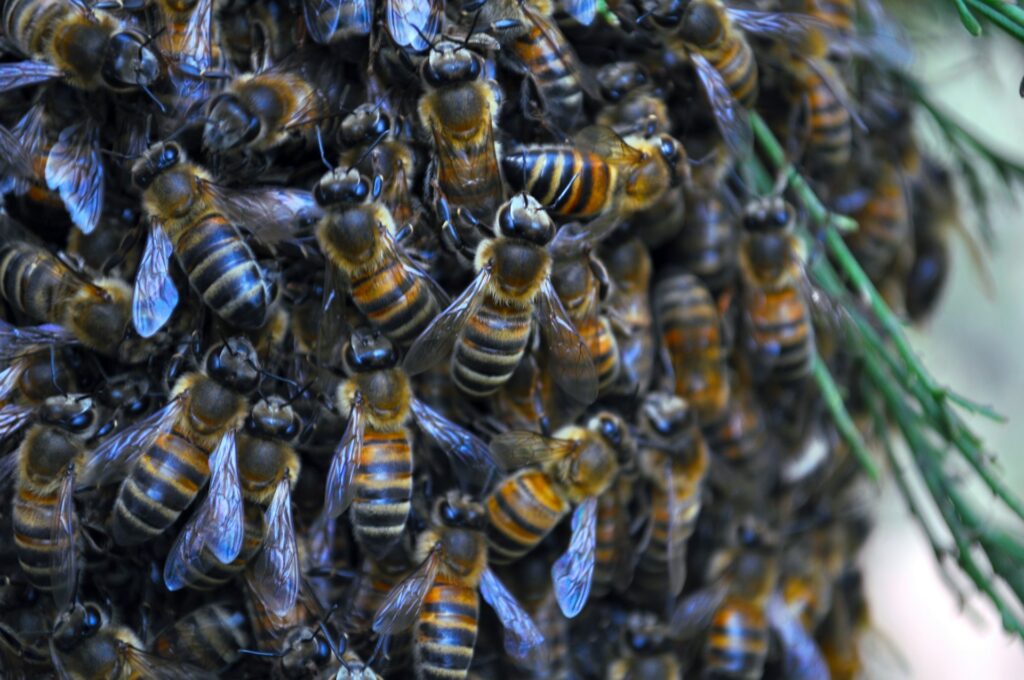
Pollinators like bees, butterflies, and hummingbirds have been declining due to habitat loss and pesticide use, but they have the capacity to rebound if given a healthier environment. Restoring wildflower meadows, reducing pesticide use, and creating pollinator-friendly spaces can lead to population increases, showing just how quickly nature can respond to change.
Planting nectar-rich flowers, supporting organic farming, and reducing the use of harmful chemicals can create a more hospitable world for pollinators. Even small changes, like leaving wild areas untouched, can contribute to their recovery, proving that nature can heal when given the right support.
Fungi play a hidden role in ecosystem recovery.
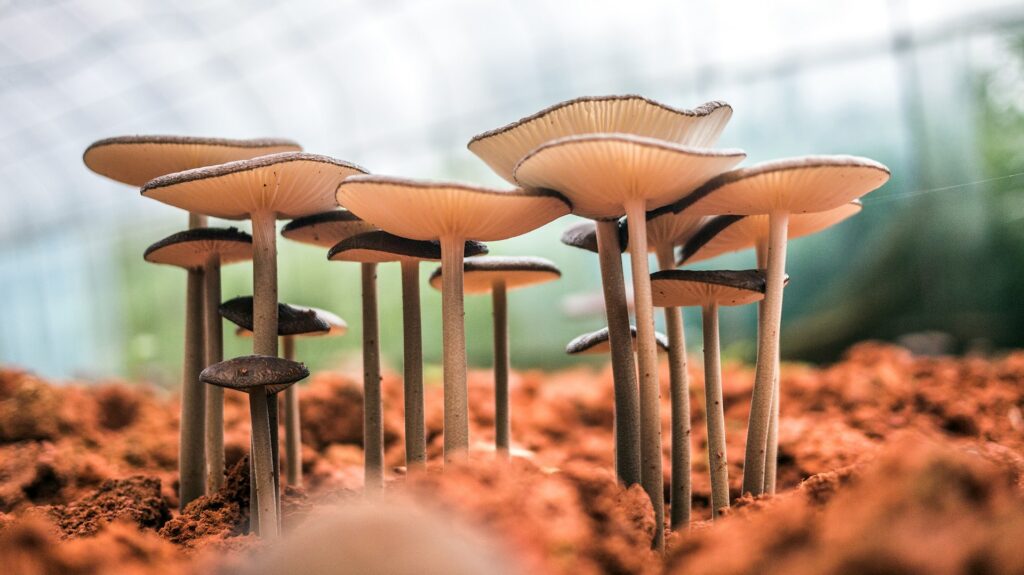
Fungi are nature’s recyclers, breaking down organic matter and replenishing nutrients in the soil. Even in heavily damaged environments, fungi continue their work, quietly restoring balance to ecosystems. Some fungi even help trees communicate, allowing forests to recover more efficiently.
We can support these vital organisms by protecting natural spaces and avoiding unnecessary soil disruption. Understanding the role of fungi in ecological recovery highlights another way that nature is constantly working to restore itself, often in ways we don’t even see.
Nature always finds a way to restore balance.
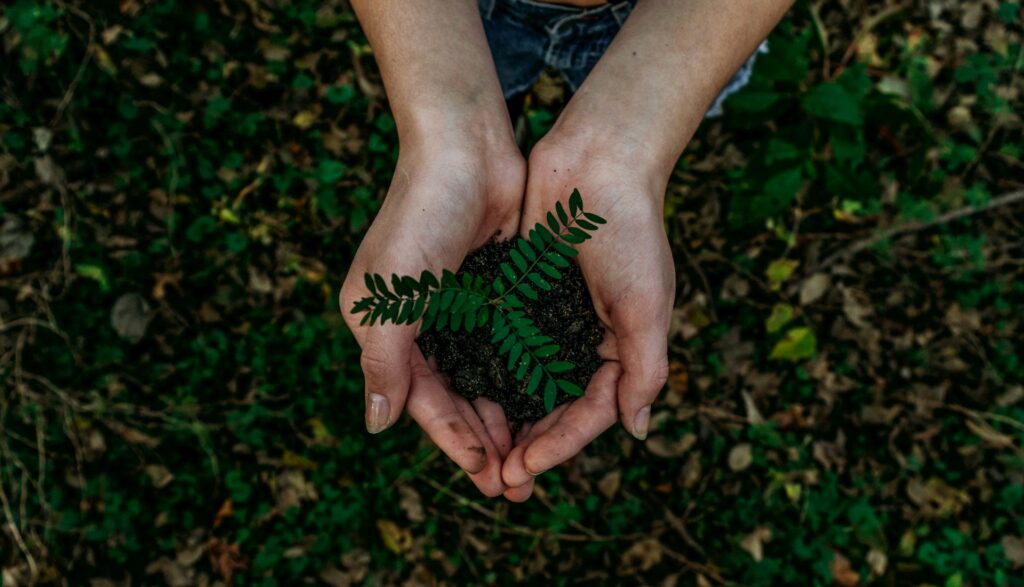
Whether it’s through the regrowth of forests, the adaptation of wildlife, or the quiet resilience of fungi, nature has built-in mechanisms to recover from challenges. Even in the face of human impact, ecosystems continue to find ways to adapt and persist, proving that the natural world is far stronger than we often realise.
By supporting conservation efforts, reducing waste, and respecting natural cycles, we can work alongside nature rather than against it. The more we learn about its resilience, the more we can do to help protect and preserve the world around us, ensuring that it continues to thrive for generations to come.